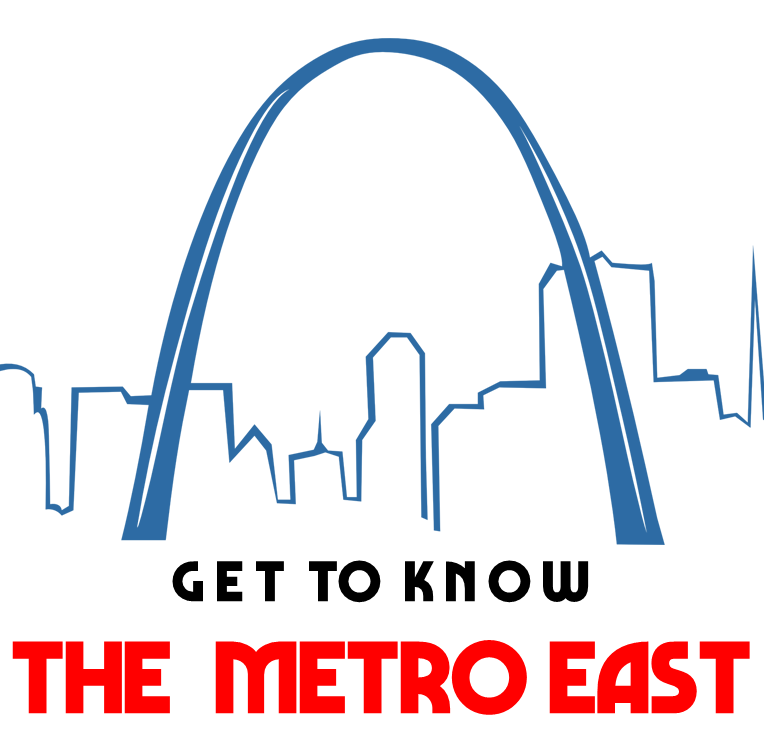History of East St Louis
The history of East St Louis is a rich and compelling story with the area experiencing many ups and downs.
Situated along the Mississippi river it started out as a village in 1818. Founded by Captain James Piggott, an Illinois judge, it was built around a ferry station and originally named Ilinoistown. It was renamed East St Louis in 1861.
At the beginning of the 20th century, the town was host to a thriving industry built by luminaries such as Andrew Carnegie and J.P. Morgan. The first railroad arrived in 1855 and the Eads Bridge was built in 1874. The National Stock Yards opened in 1873 which generated the start of the meatpacking trade which was to become a major industry for the area.
As a result of all the factories which ran 24 hours a day, there was no shortage of work and people moved to the area due to the need for more workers. For a period, every decade the population doubled as people migrated there in search of a new life. Despite a thriving economy, the infamous race riot in 1917 was one of the worst in the history of the United States, and East St Louis was struck hard during the great depression.
After WWII businesses and factories started to move away from the city in search of cheaper opportunities elsewhere. This went hand in hand with a rise in unemployment and an exodus of residents.
The city government struggled to make things work as the massive drop in tax revenue meant they were unable to even pay for basic utilities such as light bills and rubbish collection. This downward spiral has continued, and unfortunately, for many residents, there has been no significant changes in quality of life.
More recently though there have been glimmers of light in the darkness. The opening of a riverboat casino was a big benefit to the economy. This not only brought tourism but employment and other redevelopment projects that brought optimism.
Other initiatives include the Enterprise Community program which has seen local government and community groups join forces to make positive changes. One of these was the construction of a new building for East St Louis’ oldest bank.
